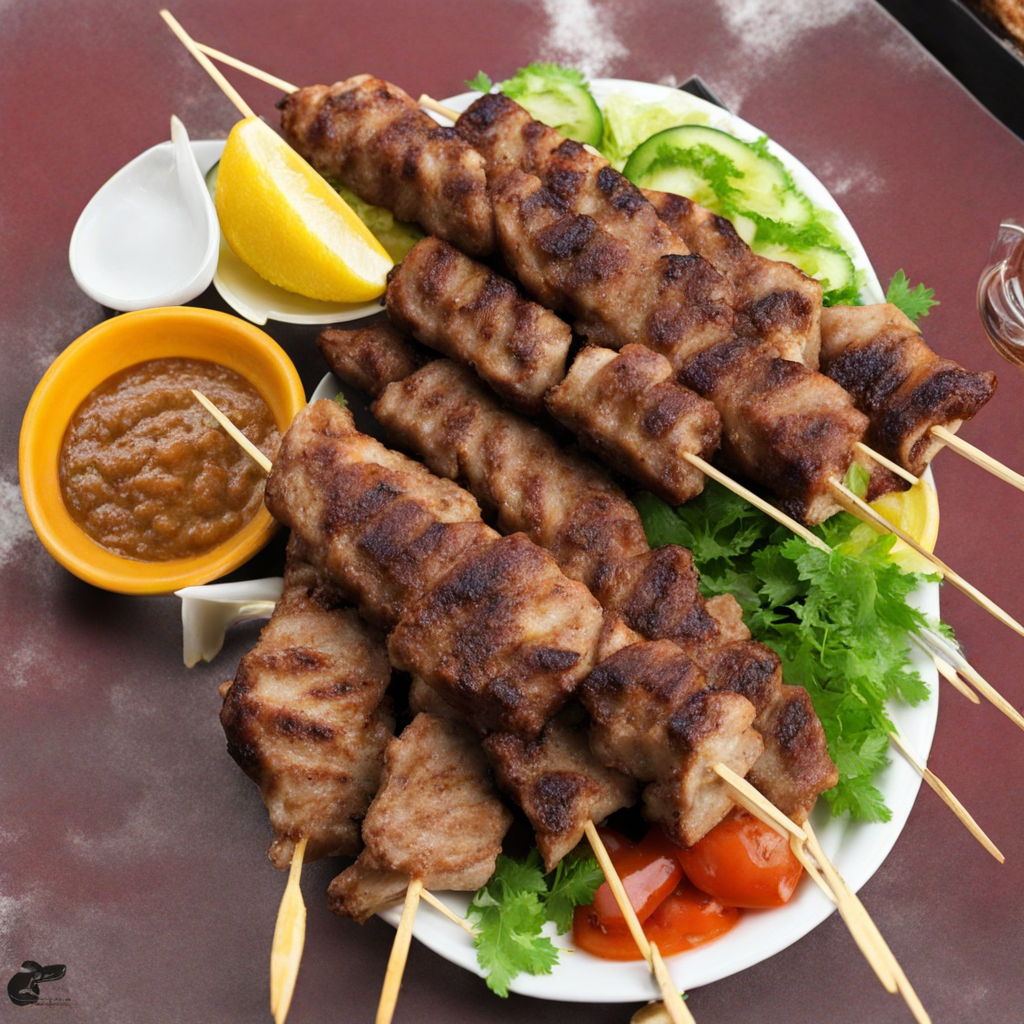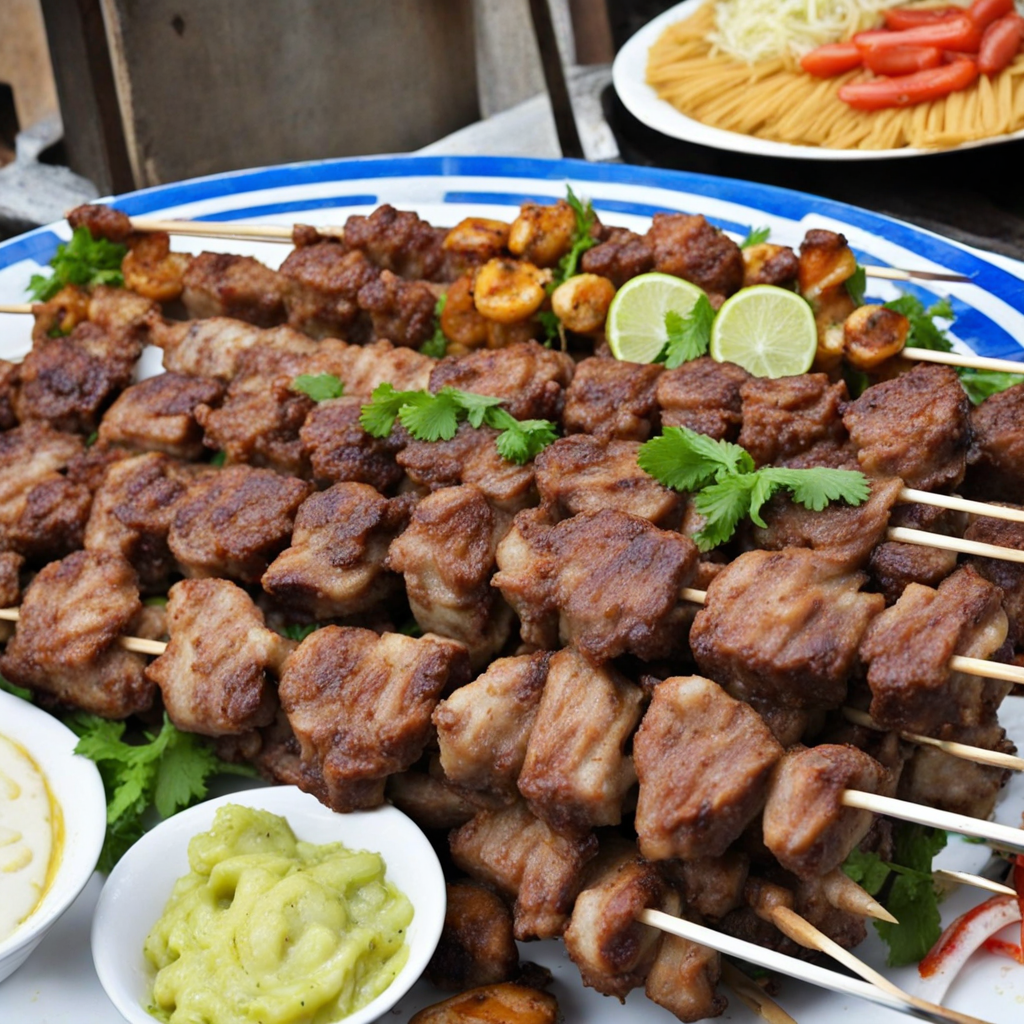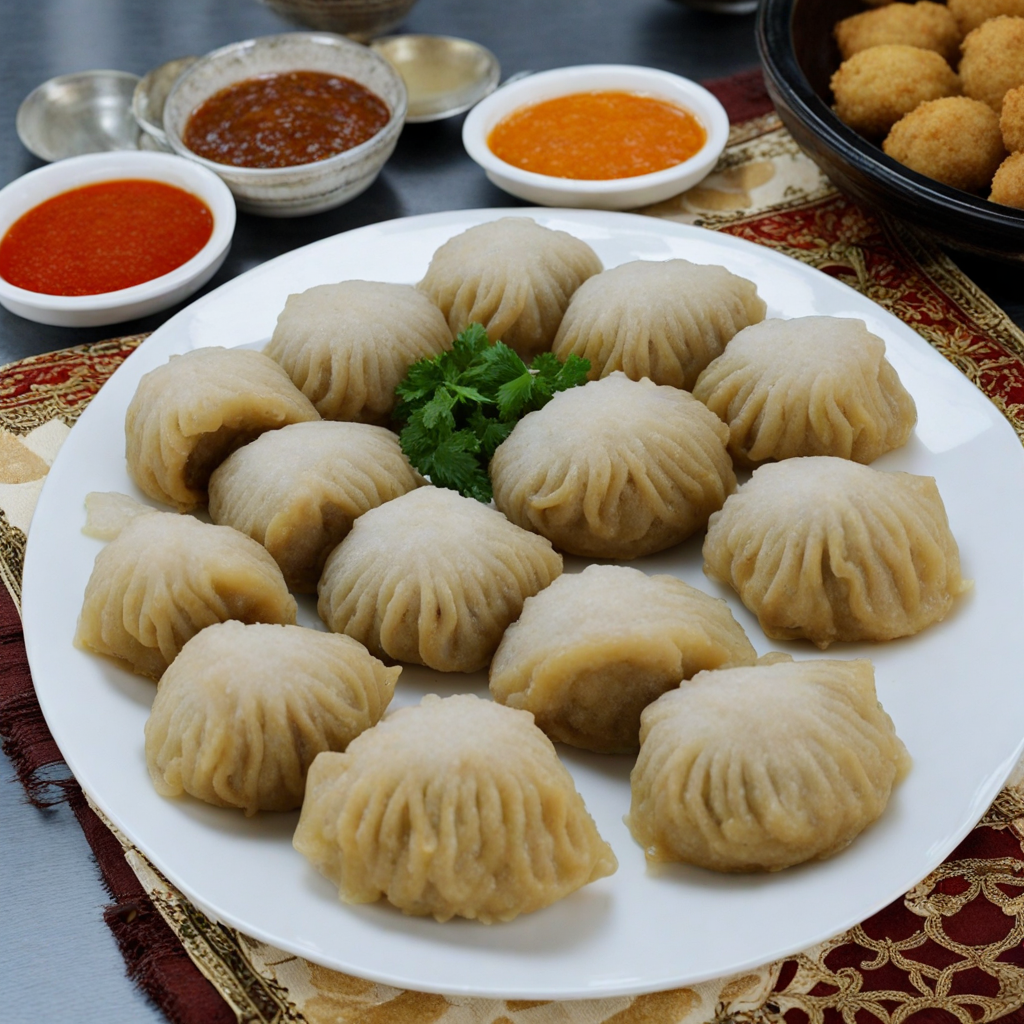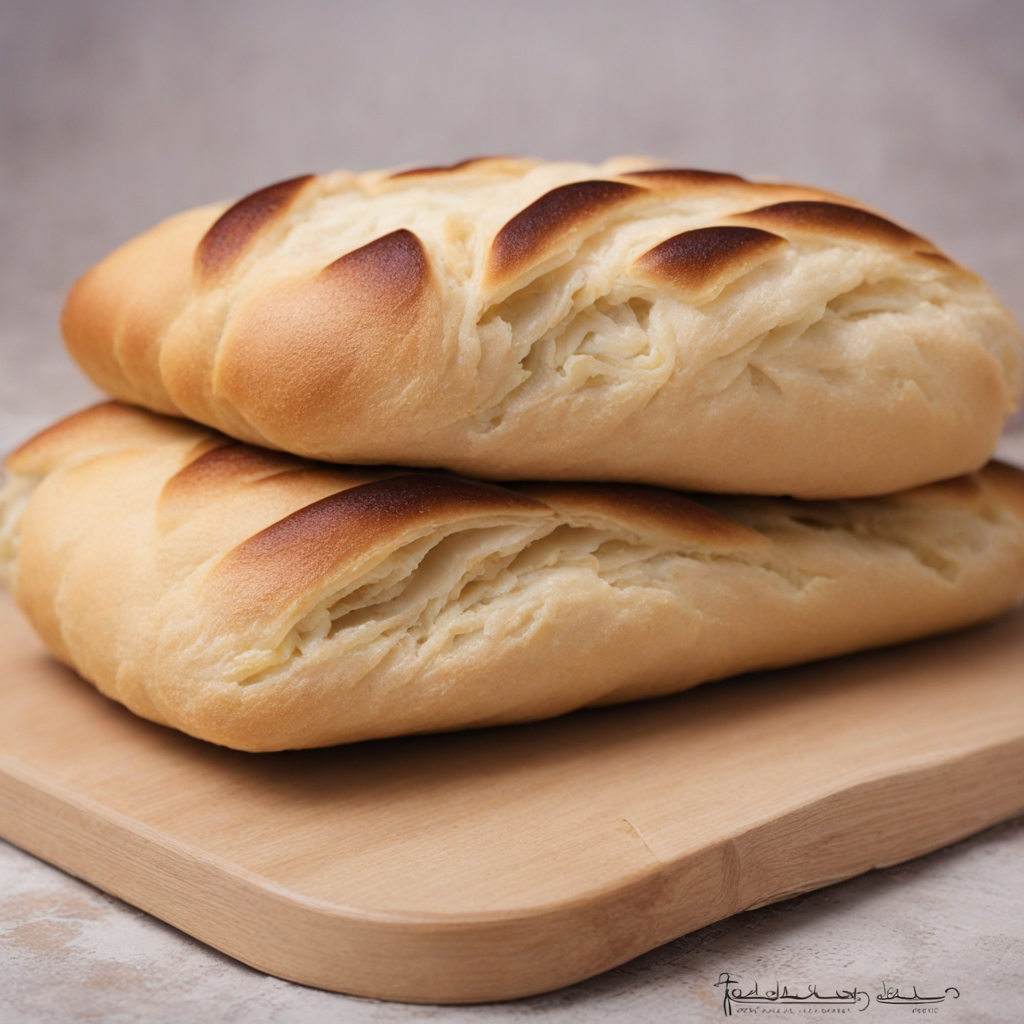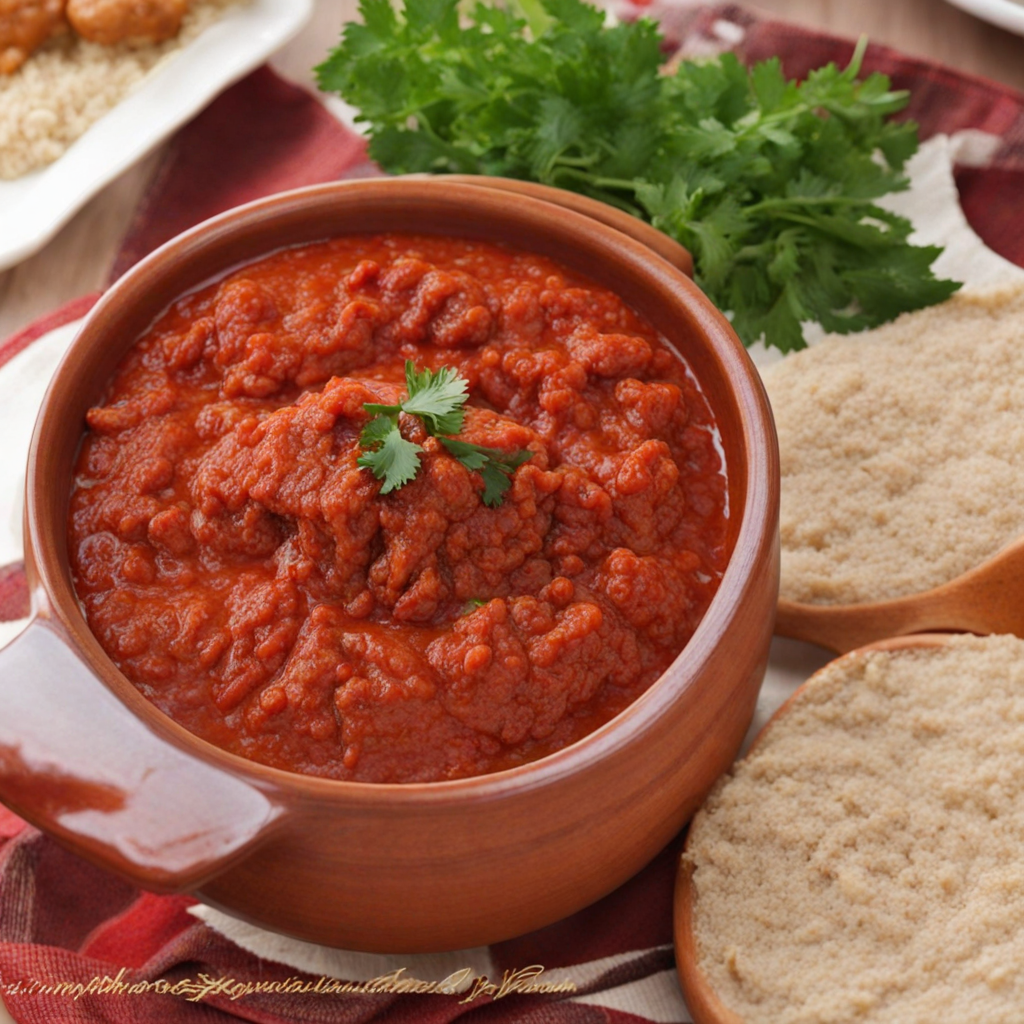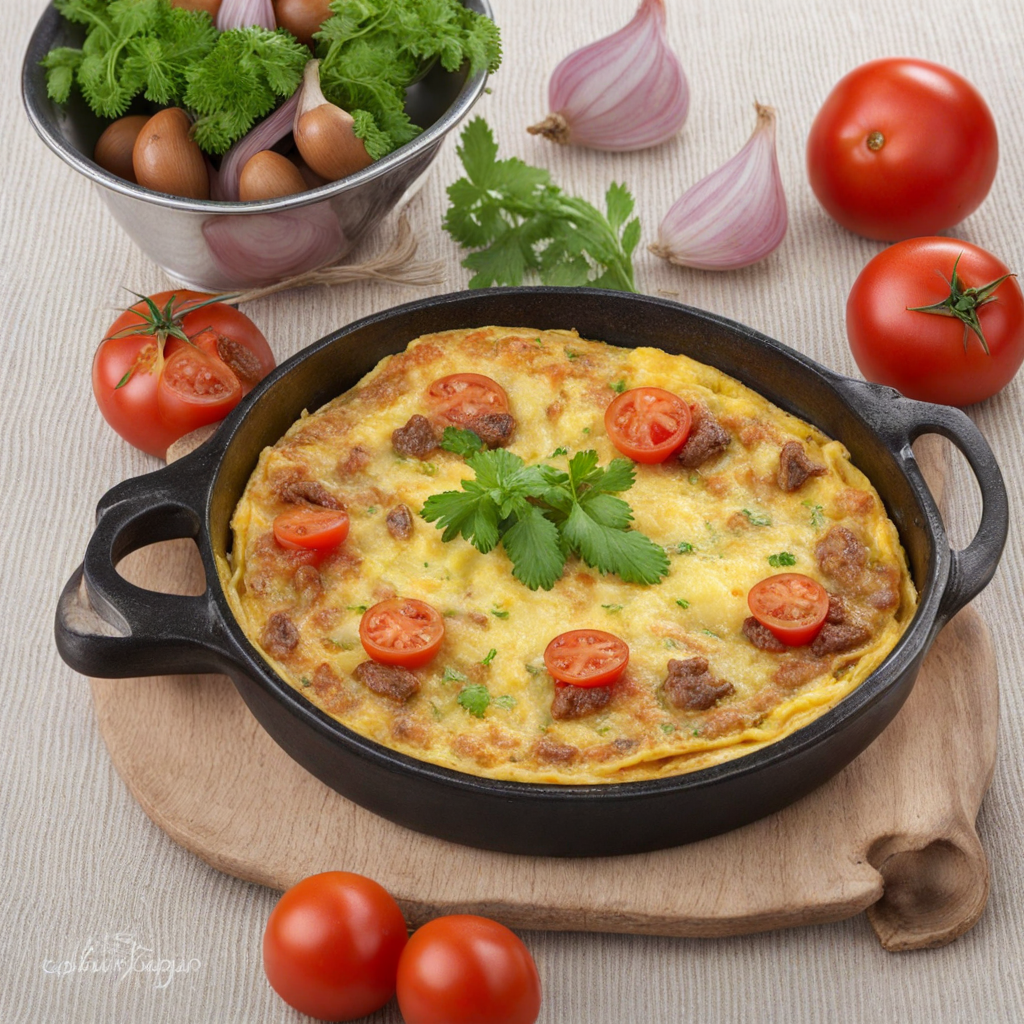Kebab
Kebab in Iraq is a delightful culinary experience that reflects the rich tapestry of flavors and traditions of Middle Eastern cuisine. Typically made from marinated pieces of meat, often lamb or beef, it is seasoned with a blend of spices like cumin, coriander, and paprika, which infuse the meat with aromatic warmth. The marination process is crucial, as it not only tenderizes the meat but also allows the spices to seep in, creating a symphony of flavors that tantalize the taste buds. The skewers are then grilled to perfection, resulting in a smoky, charred exterior while maintaining a juicy and succulent interior. Accompanying the kebabs are various traditional side dishes that enhance the dining experience. A common accompaniment is freshly baked flatbread, which serves as a perfect vessel for wrapping the tender meat and soaking up the flavors. Additionally, a vibrant array of salads, such as tabbouleh or fattoush, adds a refreshing crunch that balances the richness of the kebabs. Often, a drizzle of tahini or a tangy yogurt sauce is served on the side, providing a creamy contrast that complements the spices beautifully. What sets Iraqi kebabs apart is not only the quality of the ingredients but also the method of preparation, often passed down through generations. The kebab is more than just a meal; it is a social experience, often enjoyed during gatherings, celebrations, or family dinners. As you savor each bite, you will find that the combination of textures and flavors tells a story of heritage, community, and the joy of sharing food, making Iraqi kebabs a must-try for any adventurous food lover.
How It Became This Dish
Origins of كاباب The history of كاباب (kebab) in Iraq can be traced back to ancient Mesopotamia, which is often regarded as the cradle of civilization. Archaeological evidence suggests that the practice of cooking meat over an open flame dates back thousands of years. The Sumerians, one of the earliest civilizations in this region, are known to have enjoyed skewered meats, a precursor to what we now recognize as kebab. The term “kebab” itself is believed to have Persian roots, deriving from the word "kabab," which means “to grill” or “to roast.” However, the specific styles and flavors of Iraqi kebabs have been shaped by the country’s unique cultural and historical context. In ancient times, the availability of various meats, including lamb, goat, and beef, influenced the development of kebabs. The nomadic tribes of the Arabian Peninsula were known for their grilling techniques, which they carried into the fertile lands of Mesopotamia. As trade routes flourished and cultures intermingled, the recipes and methods of cooking kebabs evolved, incorporating spices from the Indian subcontinent and herbs native to the region, which contributed to the distinct flavor profile of Iraqi kebab. Cultural Significance Kebab in Iraq is not merely a dish; it carries deep cultural significance and is often associated with hospitality and celebration. Sharing a meal of kebab is a way to foster community bonds, and it is commonly served during festive occasions, family gatherings, and traditional celebrations. The preparation of kebabs can be a communal activity, with families and friends coming together to marinate the meat, prepare the skewers, and grill them over an open flame, creating a spirit of camaraderie. In Iraqi culture, kebab is often accompanied by a variety of side dishes, including rice pilaf (known as "pilaf al-bukhari"), fresh salads, and flatbreads like "pita" or "samboosa." These accompaniments not only enhance the meal but also reflect the diversity of Iraqi cuisine. The act of eating kebab with one's hands, tearing off pieces of bread to scoop up the meat, fosters a sense of togetherness and shared experience, further embedding the dish into the fabric of Iraqi social life. Regional Variations As Iraq is home to various ethnic groups, the preparation and presentation of kebab have regional variations that reflect local tastes and traditions. For instance, in Baghdad, the style of kebab known as "kebab Hindi" features ground meat mixed with spices and then grilled, while "kebab shish" consists of marinated chunks of meat skewered and grilled to perfection. In the northern regions, such as Kurdistan, the kebab may be flavored with unique regional spices, offering a different taste experience. The Kurdish kebab often incorporates sumac, a tangy spice that adds a refreshing flavor, and is sometimes served with grilled vegetables like tomatoes and peppers. Additionally, the use of local herbs, such as coriander and mint, distinguishes these kebabs from their southern counterparts. This regional diversity showcases the adaptability of kebab and how it has been embraced by various cultures within Iraq. Development Over Time Throughout the centuries, Iraqi kebab has undergone significant transformations, influenced by historical events, trade, and migration. During the Ottoman Empire, which ruled over Iraq for several centuries, kebab recipes and techniques were further refined. The Ottomans brought with them their culinary traditions, which infused local recipes with new spices and cooking methods. This era saw the emergence of more sophisticated grilling techniques and the introduction of elaborate marinades. In modern times, as Iraq has faced political turmoil and societal changes, the role of kebab has also transformed. It remains a staple of Iraqi street food and is a popular choice among locals and visitors alike. Street vendors and small restaurants across the country serve various types of kebabs, often accompanied by traditional sauces and dips, making it an accessible and beloved dish for people from all walks of life. International Influence and Globalization The globalization of cuisine has also impacted the perception and consumption of Iraqi kebab. As Iraqis have migrated to different parts of the world, they have taken their culinary traditions with them, introducing kebab to a broader audience. In the diaspora, Iraqi restaurants often serve kebab alongside other Middle Eastern dishes, such as falafel and hummus, creating a fusion of flavors that reflects the multicultural landscape of the regions they inhabit. Moreover, the growing popularity of Middle Eastern cuisine globally has led to a newfound appreciation for dishes like kebab. Food festivals, cultural events, and cooking shows have showcased Iraqi kebab, allowing it to reach a wider audience and inviting people to explore the rich history and flavors of Iraqi food. Contemporary Trends Today, the preparation of kebab in Iraq often features both traditional methods and modern twists. Chefs are experimenting with various cuts of meat, marinades, and cooking techniques while remaining true to the essence of this beloved dish. The rise of health consciousness has also influenced how kebabs are prepared, with an emphasis on leaner cuts of meat and the incorporation of more vegetables. Social media has played a significant role in popularizing Iraqi kebab beyond borders. Food bloggers and influencers share recipes, cooking tips, and personal stories related to kebab, creating a vibrant online community that celebrates this dish. As a result, kebab is not only a symbol of Iraqi culinary heritage but also a bridge that connects generations and cultures through the universal love of food. In conclusion, the journey of كاباب from its ancient origins in Mesopotamia to its place in contemporary Iraqi cuisine illustrates the enduring appeal of this dish. Its rich history, cultural significance, and adaptability over time reflect the spirit of the Iraqi people and their appreciation for good food, community, and tradition. Whether enjoyed at a family gathering, a bustling street market, or an international restaurant, Iraqi kebab continues to be a source of pride and a delicious reminder of the country’s diverse culinary heritage.
You may like
Discover local flavors from Iraq


